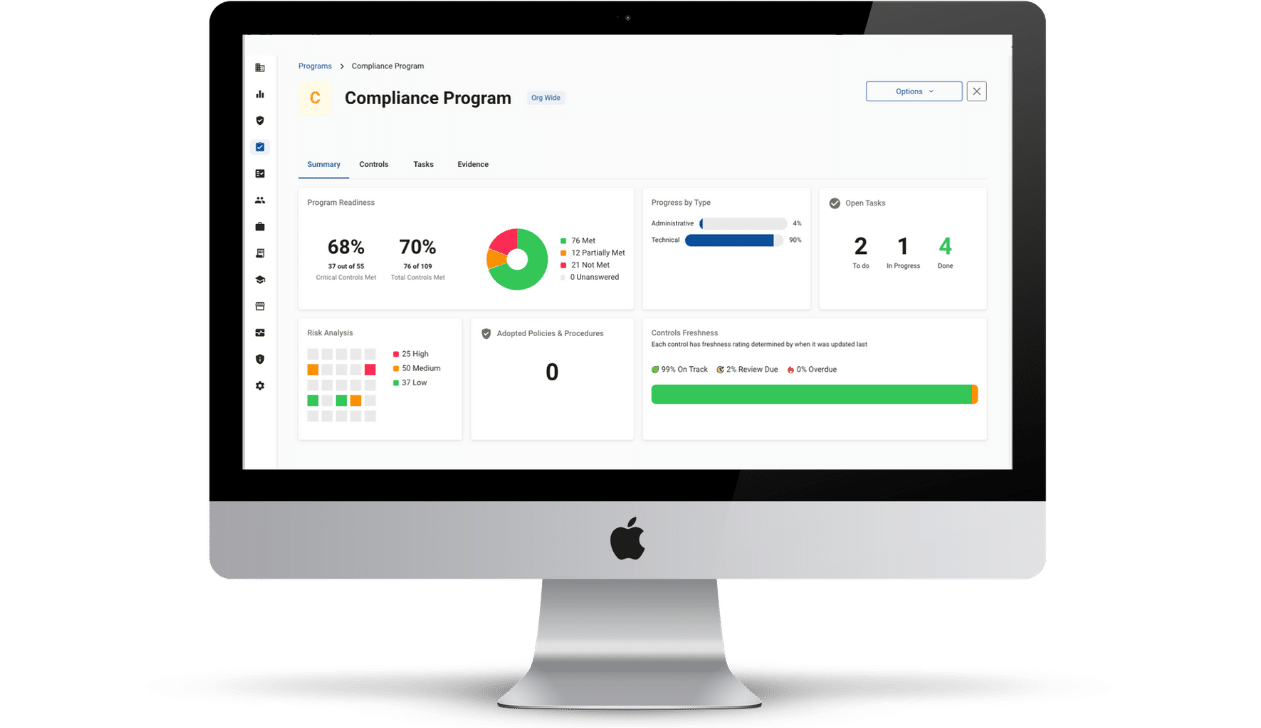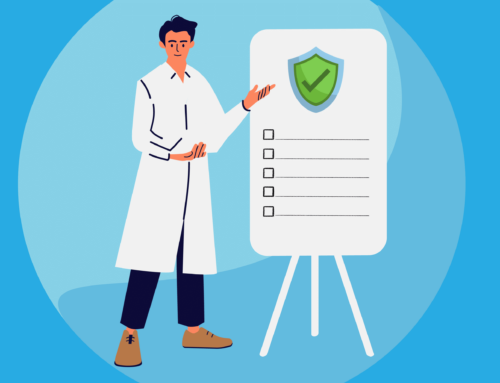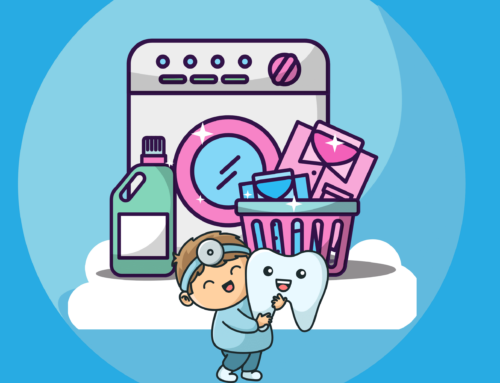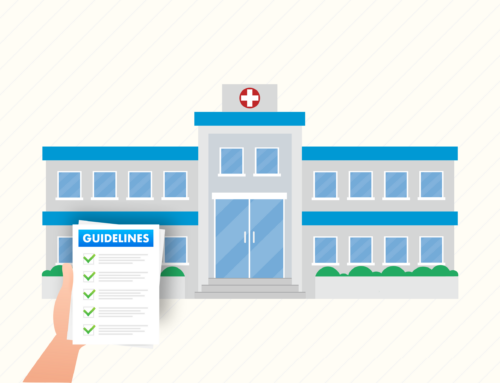Home health agencies play a crucial role in providing care to individuals who prefer to receive medical attention in the comfort of their own homes. However, it is important to remember that these agencies must also prioritize their employees’ and patients’ safety and well-being. By adhering to OSHA guidelines for home health agencies, organizations can create a safe work environment that fosters exceptional care delivery.
Promoting Ergonomics Training: Protecting Healthcare Workers from Injuries
One of the key aspects of OSHA guidelines for home health agencies is promoting ergonomics training. This involves teaching healthcare workers how to perform their tasks to minimize physical strain and reduce the risk of musculoskeletal disorders.
The implementation of:
- Proper Lifting Techniques
- Using Assistive Devices when Necessary
- Encouraging Frequent Breaks
Agencies can protect their employees from unnecessary injuries and ensure they can provide optimal care to patients.
Implementing Infection Control Measures: Preventing the Spread of Disease
Infection control is paramount for OSHA home health settings due to close contact with vulnerable populations. OSHA guidelines emphasize the importance of implementing effective infection control measures to prevent the spread of disease.
This includes:
- Proper Hand Hygiene Practices
- Appropriate Use of Personal Protective Equipment (PPE) (gloves, masks, etc.)
- Disinfecting Surfaces Regularly
- Ensuring Proper Waste Disposal
By following these guidelines, OSHA home health agencies can significantly reduce the risk of infections among both employees and patients.
Preparing for Emergencies: Safeguarding Lives during Critical Situations
Emergencies can occur at any time, making preparedness a vital component of OSHA guidelines for home health agencies. It’s crucial for these organizations to have emergency response plans in place so that staff members know how to react swiftly and effectively during critical situations.
This may involve:
- Conducting Regular Drills
- Ensuring Access to Necessary Equipment (fire extinguishers, first aid kits, etc.)
- Establishing Communication Protocols
By being well-prepared, home health agencies can safeguard lives and minimize the impact of emergencies.
Documenting Training and Safety Procedures: Ensuring Accountability and Compliance
Documentation is a key element of OSHA guidelines for home health agencies as it ensures accountability and compliance with regulations. Agencies should maintain records of all OSHA training sessions conducted, including topics covered and attendees. This documentation demonstrates a commitment to safety and serves as evidence of compliance during inspections or audits. Additionally, documenting safety procedures helps identify areas for improvement and enables continuous refinement of practices to enhance overall safety in the workplace.
OSHA Home Health Help
Ultimately, OSHA guidelines for home health agencies provide a comprehensive framework that promotes the well-being of both employees and patients. By prioritizing ergonomics training, implementing infection control measures, preparing for emergencies, and documenting training and safety procedures, OSHA home health can create a safe work environment that fosters exceptional care delivery. Remember, OSHA guidelines are not just rules to follow; they represent a commitment to the well-being of everyone involved in the home healthcare process. Let us continue to embrace these guidelines and foster an environment where safety is at the forefront of our daily operations.








